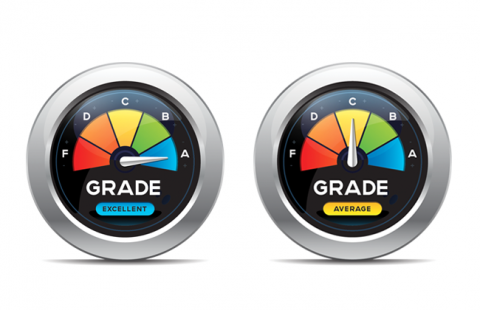The new reality of remote work means people are constantly juggling video calls, messaging apps, and other communication and productivity tools. As a result, CIOs and IT leaders have a wealth of new usage data that shows which tools are most essential and which are used less often.
However, usage data is not enough to inform strategic IT decisions that will scale long-term. CIOs should be wary of hastily pursuing solutions to support newly remote workforces. In emergency situations, individuals often look for the fastest way to solve an immediate problem rather than considering the big picture with the IT department. This may keep people productive for another day, but chances are it’s not a scalable solution that will support long-term business growth. Implementing technology with this mindset creates a debt down the line.
Instead, gather as much data as possible to understand which applications are mission-critical, which are not, and which ones are needed for people to do their jobs. Here are three steps to get started.
[ Also read: Digital transformation: Why this is a smart time to speed up. ]
1. Create employee feedback loops
People seldom go out of their way to offer feedback unless it’s overwhelmingly negative, especially if there’s no forum in place for receiving it. Consider creating a survey in which employees can share the desktop and web-based applications they use most, as well as any gaps in the tech stack.
Other questions to include:
- What are your pain points with existing tools?
- Do you feel adequately trained on how to utilize the tools you use?
- Are there tools for which you would like to receive more training?
- What are your expectations of the IT department?
Include questions about respondents’ department, team, and job tenure to help segment the data. Once you’ve gathered responses, consider implementing a quarterly or twice-yearly survey cadence to continue gathering feedback.
2. Log helpdesk tickets and conversations
You likely have a solution in place to manage this, but in times of high need, the diligence to record notes about every need and interaction can decline. Ask your support personnel to carefully log tickets that come through the helpdesk, along with one-off support conversations with employees.
Schedule a brief meeting at the end of each week to review trends. Is the ticket volume growing or diminishing? What key issues are people experiencing? How long does the average ticket take to resolve?
3. Confirm priorities
Once you’ve gathered quantitative and qualitative data from employees and IT support, you should have a clearer picture of what tools are needed to move the business forward. To ensure that you prioritize effectively, weigh each item against the following factors:
- Value to the business
- Level of effort required
- How long it will take to implement
- Cost
- Security concerns
For each category above, rank the item in question on a scale of one (low) to five (high). That should help you understand where to focus your efforts in the near- and long-term. For example, if an initiative scored a four or five in “value to the business” and ones and twos for the other categories, that initiative would be a quick, easy win for the short term.
As you gather and analyze data to spring-clean your tech stack, keep in mind that tying business challenges to IT challenges is the best way to move initiatives forward. IT leaders who make those connections, prove business value, and justify expenses will be successful long after employees return to the office.
[ Get answers to key digital transformation questions and lessons from top CIOs: Download our digital transformation cheat sheet. ]






